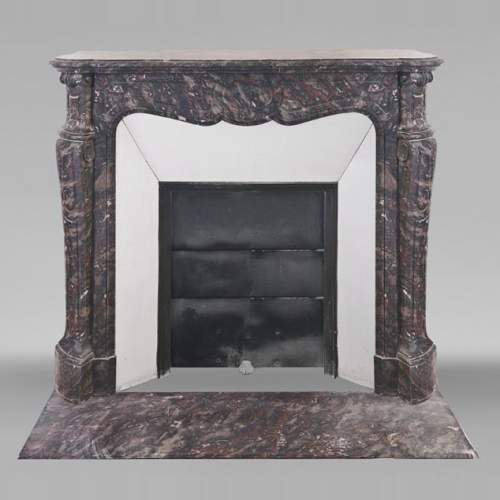Your selection is currently empty.
Here are the latest objects in our stock:
Dimensions:
Width: 125
Height: 107
Depth: 39
Inner width: 82
Inner height: 89
Dimensions:
Height: 67
Diameter: 80
Dimensions:
Width: 124
Height: 103
Depth: 38
Inner width: 85
Inner height: 85
Dimensions:
Width: 197
Height: 303
Depth: 68
Dimensions:
Width: 121
Height: 202
Depth: 5
Dimensions:
Width: 72
Height: 255
Depth: 40
Dimensions:
Width: 20
Height: 44
Depth: 9
Dimensions:
Width: 2300
Height: 172
Depth: 3
Dimensions:
Width: 149
Height: 215
Depth: 48
Dimensions:
Width: 55
Height: 269
Depth: 28












